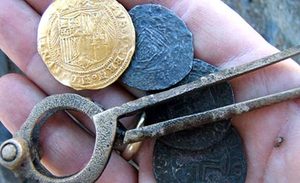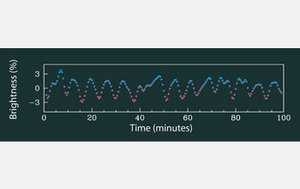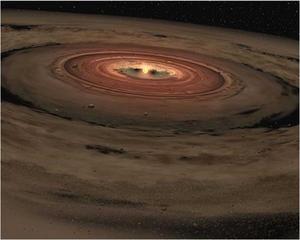A shipwreck, believed to be 500 years old, containing a treasure trove of coins and ivory has been discovered off the southern African coast.A Namibian diamond company, Namdeb, said on Wednesday that it found the wreck during mining operations in the Atlantic.
"The site yielded a wealth of objects including six bronze cannon, several tons of copper, more than 50 elephant tusks, pewter tableware, navigational instruments, weapons and thousands of Spanish and Portuguese gold coins, minted in the late 1400s and early 1500s," said Hilifa Mbako, a company spokesman.
Dieter Noli, an archaeologist, identified the cannon as Spanish, dating from about 1500.

|
| ©Reuters
|
| The site yielded a wealth of objects including thousands of Spanish and Portuguese gold coins
|





